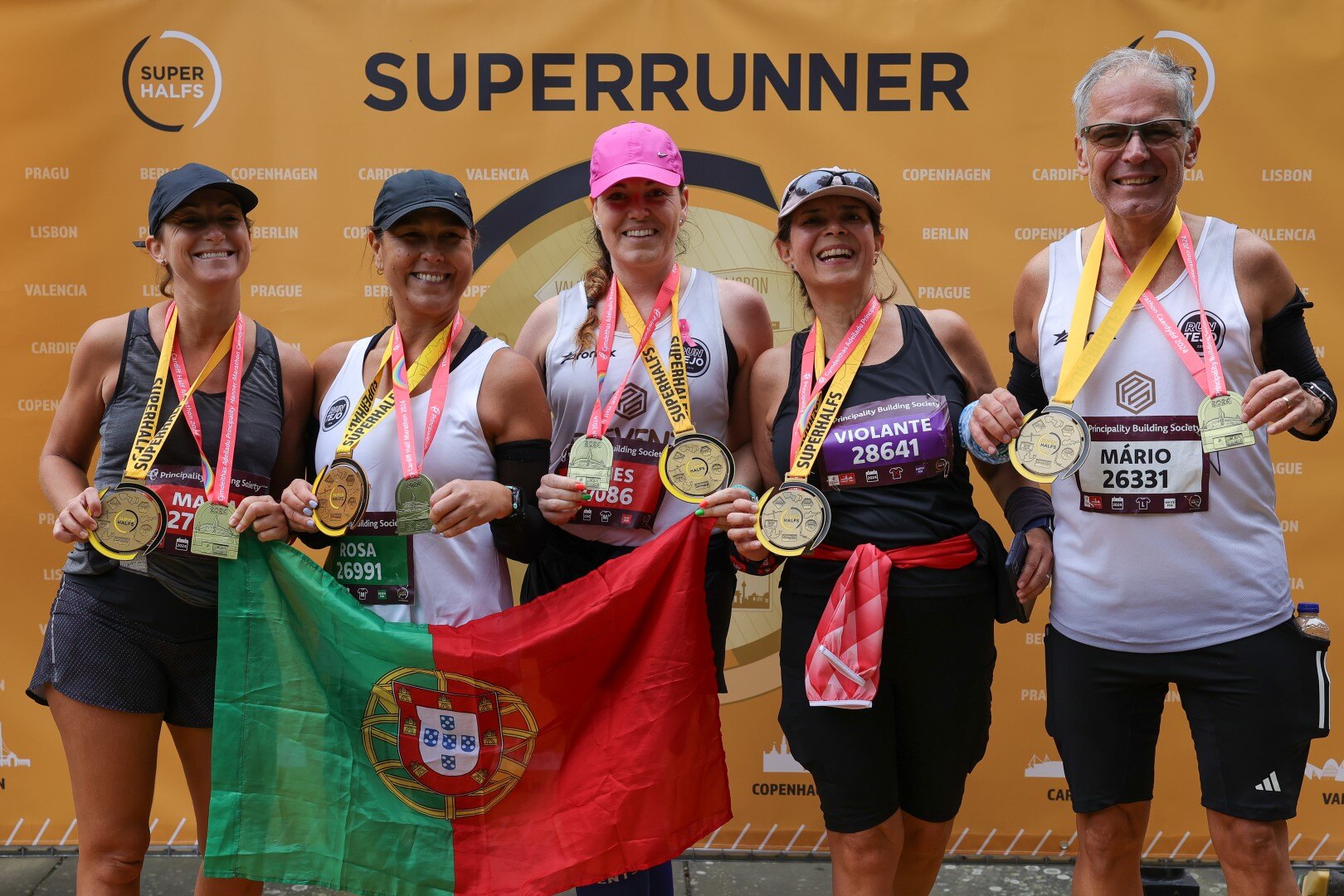It would be amazing if we could prevent and predict running injuries occurring, but unfortunately it can be very difficult to do so. There are numerous intrinsic and extrinsic factors that affect us, some of which we aren’t even aware of. Here are 5 signs that you might be getting injured that you need to look out for.
1. Pain
Pain in its simplest form is an area on your body that hurts. Signs of pain shouldn’t be ignored when it comes to your training. The types of pain you need to be aware of are:
- Muscle and Tendon pain – also referred to a strain
- Ligament Pain – also referred to as a sprain
- Joint pain
The symptoms you can expect to feel are a reduction of movement through the area and surrounding structures. You will most likely experience pain when moving the injury site, and some bruising and/or swelling. With a strain or a sprain the type of tear, location, and severity, will all influence recovery times. Work with a fitness professional to help get you back on track as quickly, and safely, as possible.
Post exercise discomfort – referred to as DOMS (Delayed Onset of Muscle Soreness) is very common in beginners and those who step up their training too quickly. After a particularly hard training session, micro tears within muscles can lead to soreness. This is due to increased demands on your body. These micro tears are important for strength and performance improvements, alongside the right recovery and nutrition.
Whilst the pain can feel similar to other muscular injuries, they are different and the recovery will be quicker.
2. Overtraining
This will happen when you have gone over your recovery capacity from the demands you have placed on yourself. This will manifest itself behaviourally, mentally and physically.
Overtraining is a very big subject that can be broken down into many areas. The more common causes of over training can be associated with the following areas:
Calorie Deficiency - each individual will have an energy/calorie level that they will need to reach each day to cover their daily needs. This goes beyond just general movement and being awake. It goes to a deeper level for tissue and cell repair, brain function and the endless tasks the human body performs. In terms of running performance, if you have a negative calorie intake you will not allow the muscles to recover and repair. This will lead to increases in muscle tissue breakdown then, ultimately, a reduction in performance levels and an increased risk of injury.
Repair Inefficiency - through the lack of repair that can be associated with over training, the micro tears in the muscles that occur during training can’t heal quickly enough before the next session. This will then promote further muscle tissue breakdown and injury risk. Your aim when training is to be in an anabolic state. Being in this state will maintain your body’s ability to repair, strengthen and perform more efficiently. The opposite of this is being in a catabolic state. When you are in this phase your stress hormones (cortisol) are too high. This will place too much strain on your nervous system and muscular system, which will lead to a consistent drop in performance and also your health. To stay clear of overtraining you want to promote an internal anabolic state.
You can help yourself prevent overtraining by:
- Smart periodised training with adequate recovery
- Increase sleep if you’re not getting enough
- Do not get in a calorie deficit, but be smart with your intake
- Eat clean foods that hit your daily requirements of good fats, proteins, carbs that have high nutrient and vitamin levels, and keep hydrated
- Take yourself away from negative and stressful environments
3. Fatigue
Fatigue can have physical and mental causes. When talking about the physical you must consider the muscular and nervous systems together. Fatigue can cause the transfer of signals between nerve synapses to become slower. This will then delay the activation and action of the working muscles.
As you become more aware of how your body is performing during your training, you will begin to learn when your muscles aren't able to sustain optimal performance.
Mental fatigue will affect you in these areas:
- Decreased concentration
- Decreased levels of consciousness
- Slower reaction times
- A general feeling of tiredness that isn’t the same as feeling sleepy
- You will look to skip training days or do them with a decreased level of effort
If you are experiencing tiredness in the muscles, aching joints, a decreased activation of your muscles (sluggish movement), a decrease in your concentration, slower reaction times and delays in your decision making you may be experiencing a level of fatigue. It affects people in different ways but can be alleviated through adequate rest and good nutrition (inclusive of hydration ).
If you suspect you may be experiencing fatigue do the following:
- Take a look at your training schedule to see if you are doing too much
- Determine if you are getting enough quality rest between training sessions. Sleep is a vital component of recovery and performance
- Go through your training logs to see if your performance is declining
- Analyse your nutrition and hydration to see if you had fuelled correctly. Get feedback from a coach
- Be honest with yourself so that you look after your health
4. Reduction in performance
When training, it is always important to log and track your training progress . This will give you vital information as to whether you are improving, stagnating or dropping off in performance.
A sign that you may be heading towards a performance drop may be that a previously “easy” running session now is feeling hard and causing you problems. This could be just a bad day (everyone has them), but pay attention to what has been happening prior to this. Check back on your training, nutrition and sleep logs to see if you have prepared yourself optimally in order to peak come your training day.
If you notice areas where you could have prepared better, adjust your mindset and make the necessary adjustments to what was lacking. If next time the “easy” run now turns out to be easy then more than likely it was your preparation that was causing your performance drop off. Be consistent and learn from this episode in your training.
If you do feel all is okay with your training, nutrition and sleep, but you are still experiencing a drop in performance, then there are a few things to consider:
- Be honest with yourself
- Get a coach, or someone else, to look at your data
- Change your training stimuli as you may reached a period in your training where you are bored and are lacking motivation
5. Changes to your running technique
Just slight changes in your running technique can be an indication of potential problems in the near or distant future. To become an efficient runner you are looking to:
- Run on your forefoot
- Have good posture in the upper body
- Optimal mobility of the hips and other working joints
- Multi directional core stability and strength
- The strength and flexibility of the muscular system to deal with the demands of running
- The correct activation and drive of the hamstrings and gluteal muscles to drive your legs
The above are the fundamentals and basis for efficient running technique. If, however, your technique resembles the following:
- Landing on your heels
- Driving from the quads and hip flexors
- Landing heavy when your foot strikes the floor
- Slumped over posture
...then you could be heading towards some potential and common running injuries.
Too often an individual will look for the quick fix when trying to correct an issue with their running technique. The running market is full of information on footwear and orthotics. Be very careful with a lot of the information around, as the majority is geared towards getting you to part with your hard-earned money. These usually provide a short-term fix of a symptom, instead of addressing the cause.
Be aware that trying to correct an imbalance through footwear, and orthotics, will in most cases not correct the underlying cause of the problem. The body will adapt to the new positions, and potentially cause more inefficiencies, and lead to more problems in the future.
The feet are designed to work without orthotics and bulky running trainers. Deal with structural imbalances through manual therapies, flexibility and strength training.














